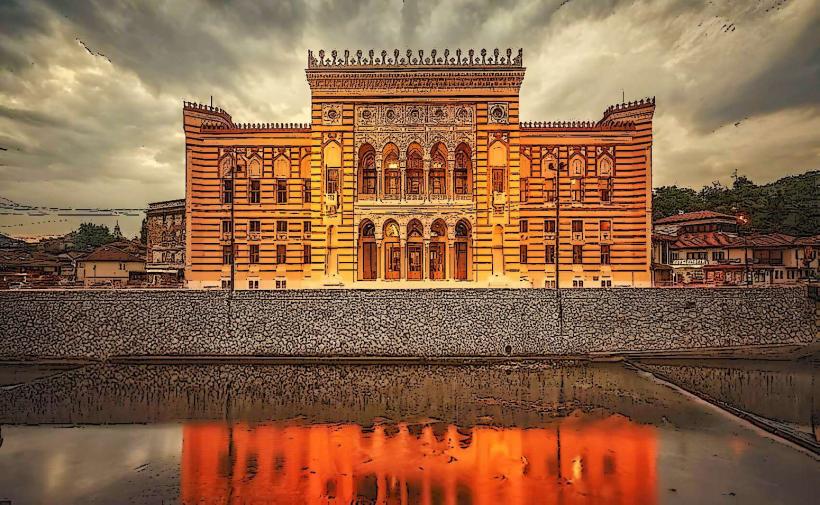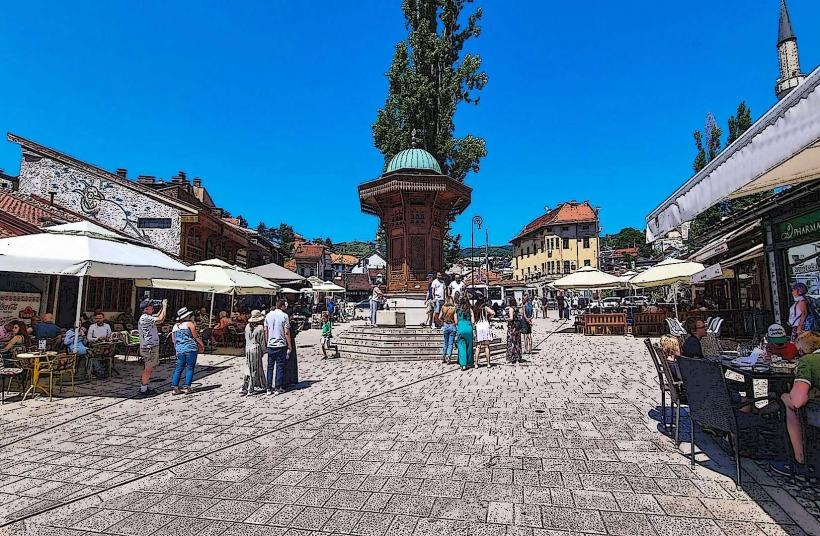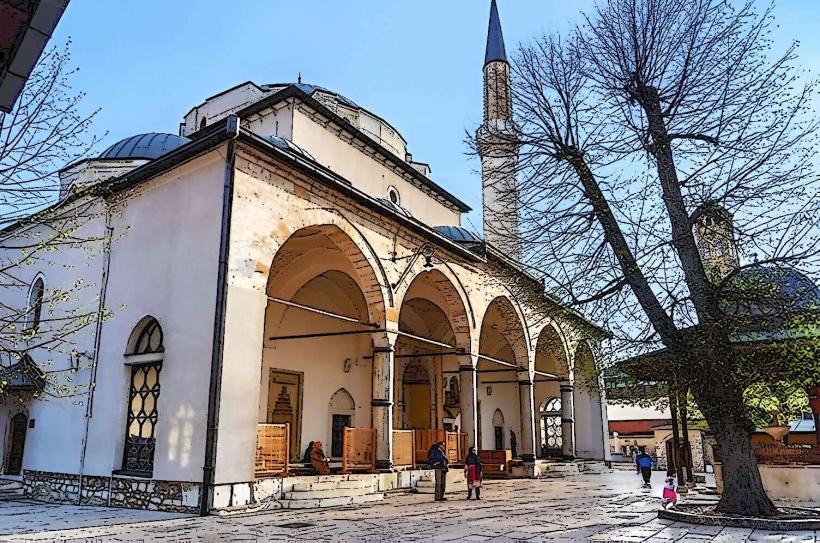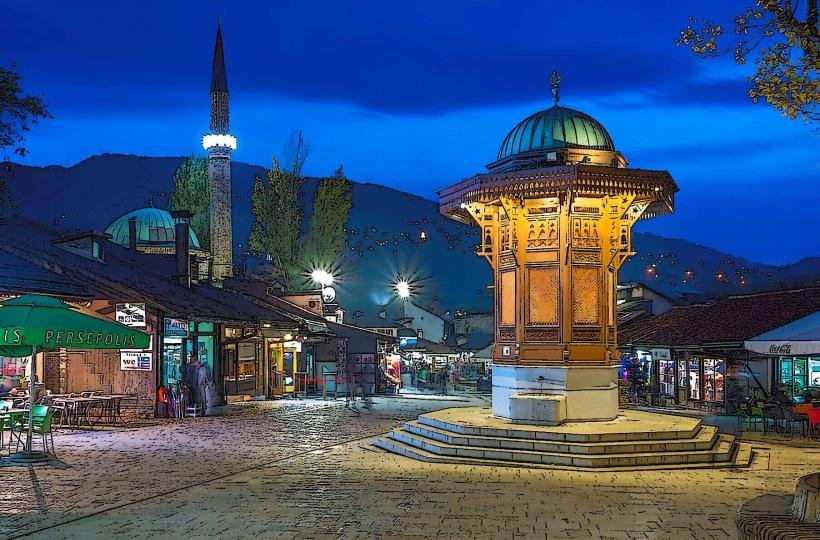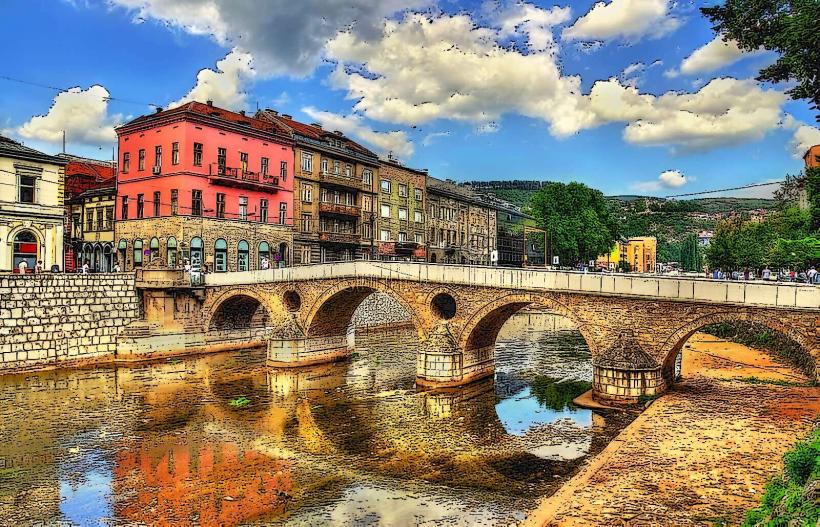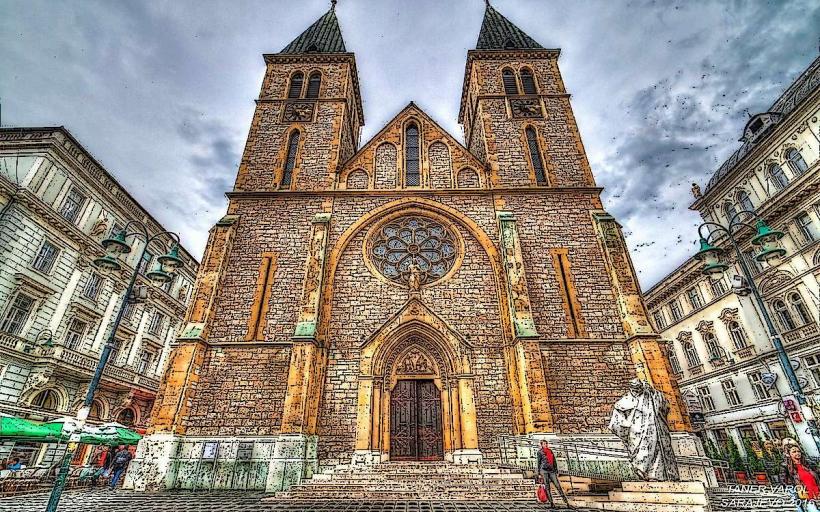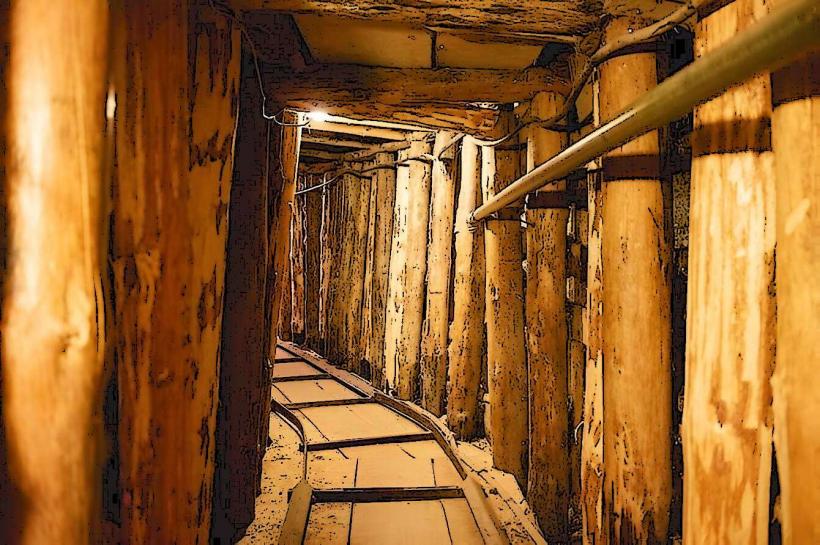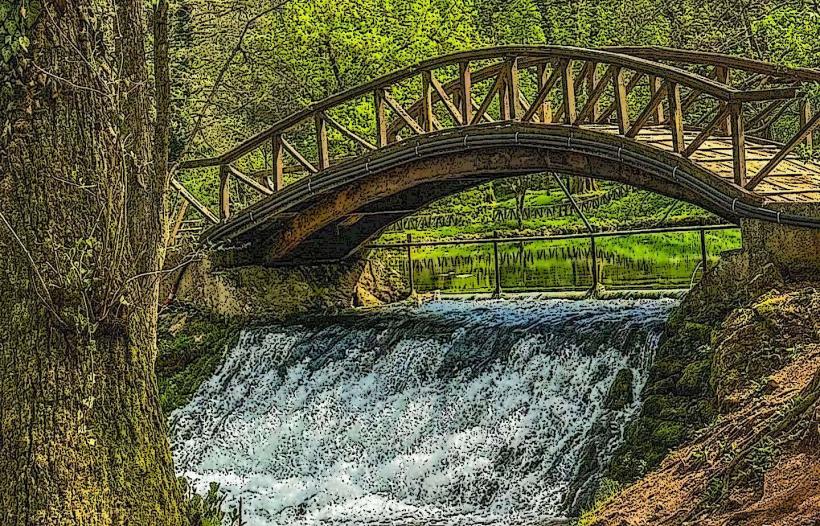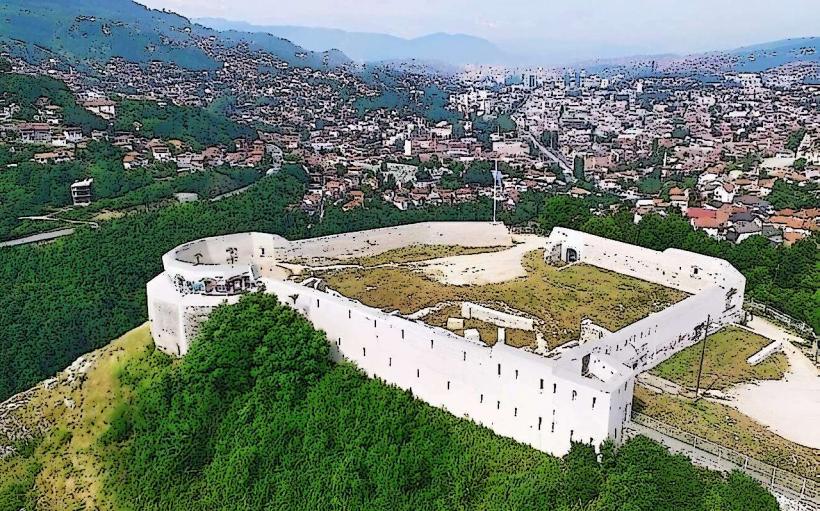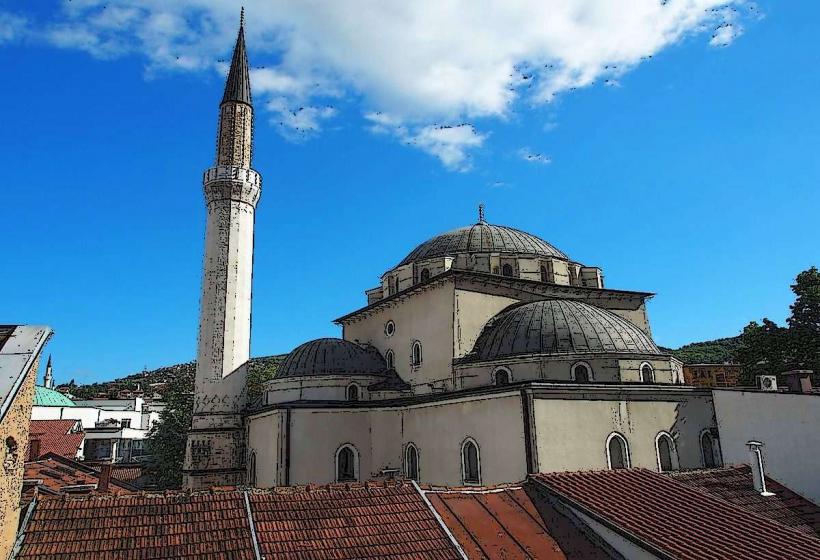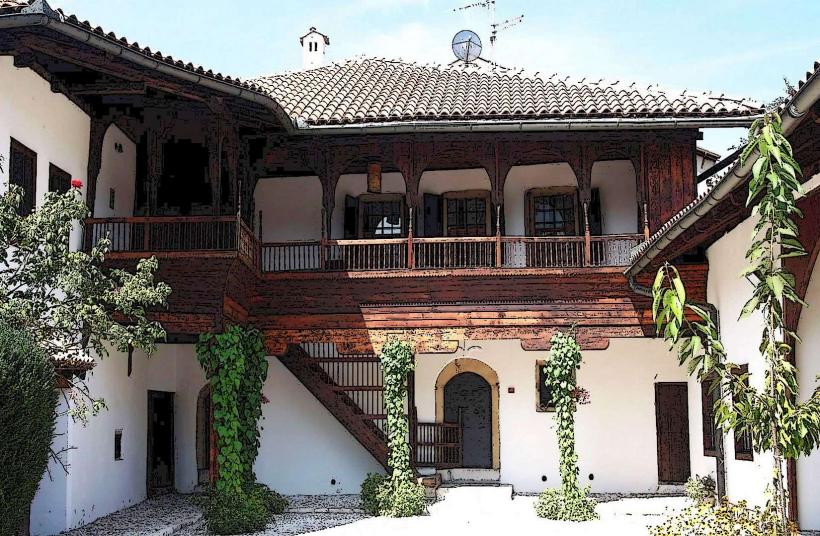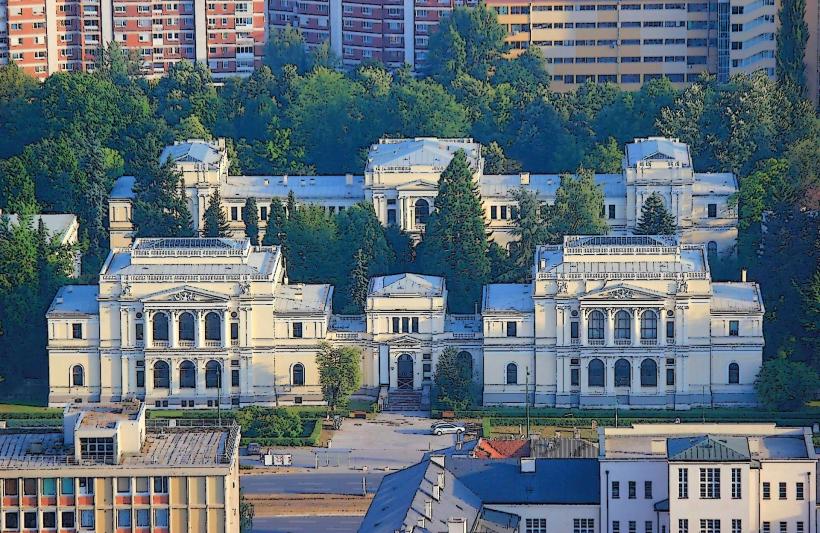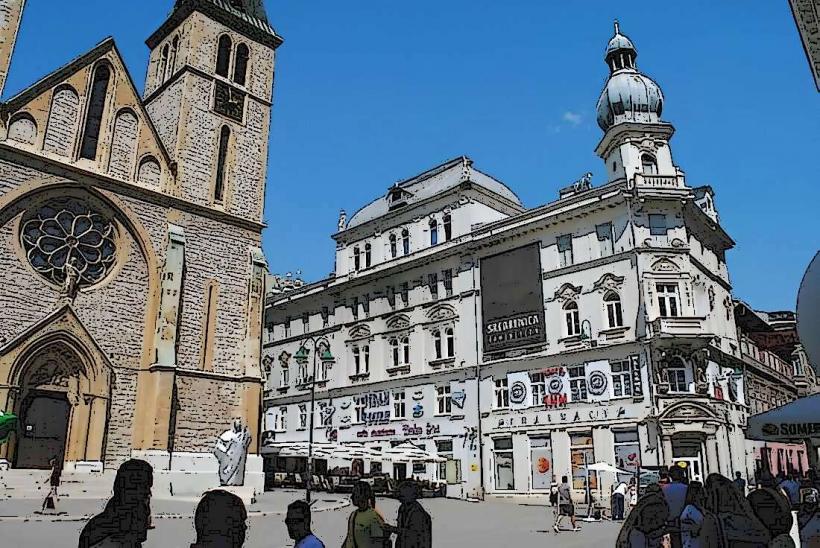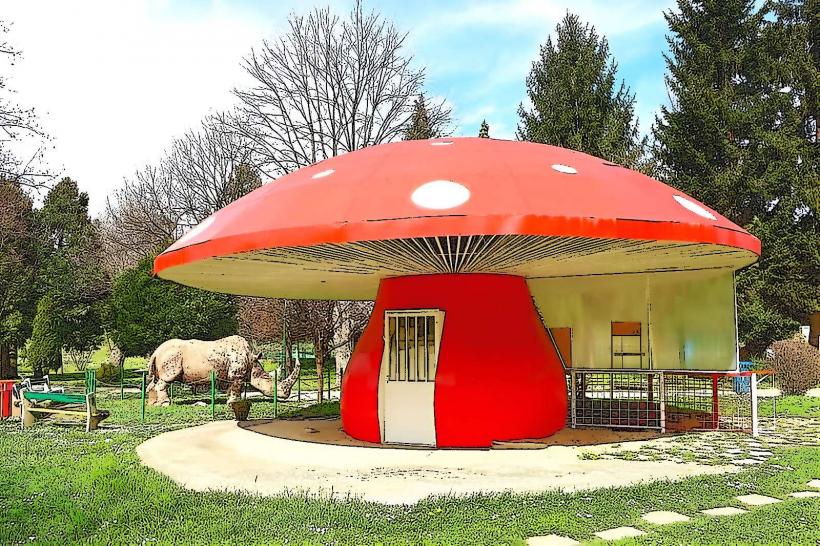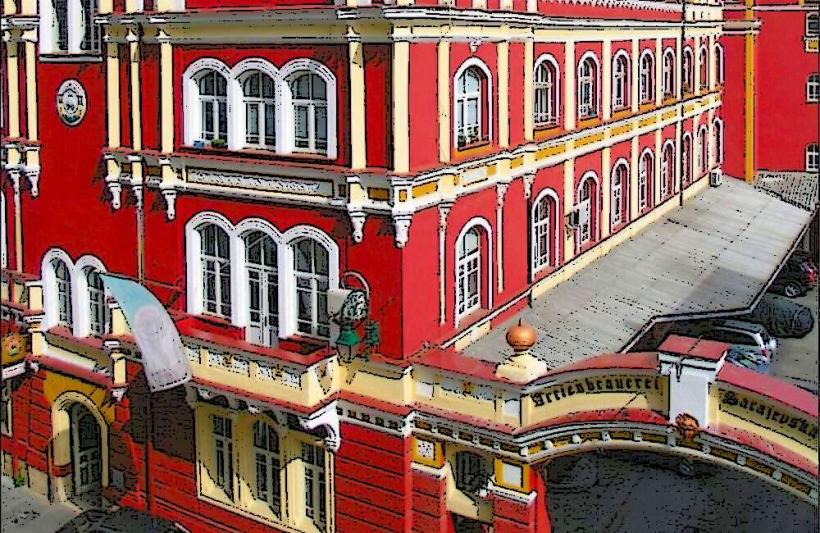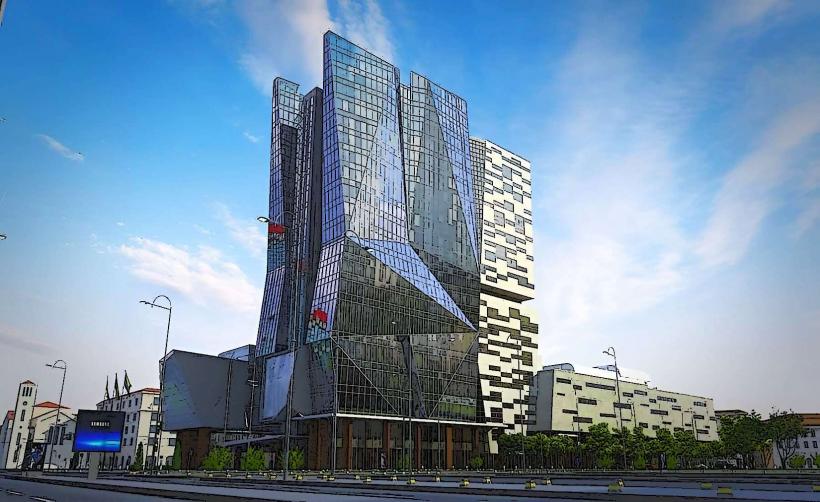Information
Landmark: Emperor's Mosque (Careva Džamija)City: Sarajevo
Country: Bosnia and Herzegovina
Continent: Europe
The Emperor’s Mosque (Careva Džamija) is one of the most significant and historically important mosques in Sarajevo, Bosnia and Herzegovina. It is an iconic symbol of the Ottoman period in the region and an important piece of Sarajevo’s rich cultural and religious heritage.
Historical Background
The Emperor’s Mosque was built in the 16th century during the reign of the Ottoman Empire. It was commissioned by the Ottoman Sultan Suleiman the Magnificent and is one of the oldest mosques in Sarajevo. It was constructed as part of the Ottoman expansion into the Balkans, marking the spread of Islamic influence in the region.
The mosque was originally built to serve the growing number of Muslim residents in Sarajevo, which was rapidly becoming a major cultural and administrative center within the empire. The Emperor’s Mosque holds a significant place in the history of Sarajevo as it was designed not just as a place of worship, but also as an important part of the architectural development of the city during the Ottoman period.
Architectural Influence: The mosque is influenced by traditional Ottoman architectural styles, and it reflects the grandeur and religious significance of the period. The mosque has also been closely associated with the Ottoman imperial court, which is why it’s referred to as the "Emperor's Mosque."
Architectural Features
Design and Structure: The Emperor’s Mosque is a single-domed mosque with a rectangular plan, typical of Ottoman mosques. The mosque's design is elegant yet functional, with a central dome surrounded by smaller domes and minarets. The main prayer hall is spacious, providing room for worshippers. The exterior is adorned with Islamic calligraphy, and the walls are intricately decorated with Ottoman-style tiles and mosaics.
Minaret: Like many Ottoman mosques, the Emperor’s Mosque has a tall minaret, which serves as a call to prayer. The minaret, with its slender and elegant design, is one of the most prominent features of the mosque’s exterior and provides a striking silhouette against the skyline of Sarajevo.
Interior Decorations: The interior of the mosque is equally impressive, with ornate calligraphy, geometric patterns, and floral motifs decorating the walls and ceilings. The design reflects the Islamic artistic heritage of the Ottoman Empire and is meant to create an atmosphere of reverence and spiritual contemplation.
Courtyard and Fountain: Like many traditional Ottoman mosques, the Emperor’s Mosque features a courtyard with a central fountain, which is used for ablution (ritual washing) before prayer. The courtyard is a peaceful area where visitors can reflect or gather before entering the mosque for worship.
Cultural and Religious Significance
The Emperor’s Mosque holds a place of great cultural and spiritual importance in Sarajevo. It is a symbol of the Ottoman legacy in Bosnia and Herzegovina, representing the country’s Islamic heritage and the influence of the Ottoman Empire in shaping Sarajevo's identity.
The mosque has been a central place of worship for Muslims in Sarajevo for over four centuries, and it remains a vibrant center of religious life in the city. It is used for daily prayers, as well as special religious occasions, such as Ramadan, Eid, and Friday prayers.
The mosque has also played an important role in the city’s cultural life. In addition to serving as a place of worship, the mosque has historically been a gathering point for the Muslim community and a site for religious education.
Emperor’s Mosque During the Bosnian War
During the Bosnian War (1992-1995), Sarajevo and its religious landmarks were subjected to siege and destruction. The Emperor’s Mosque was damaged during the war, but, like many other important buildings in the city, it was restored after the conflict. The mosque’s reconstruction was an important part of the city’s broader effort to preserve its cultural and religious heritage after the devastating war.
Visitor Experience
Location: The Emperor’s Mosque is located in the heart of Sarajevo’s old town, near the Baščaršija area. This makes it easily accessible to visitors who are exploring the historic sites of Sarajevo. It is located close to other important landmarks in the city, such as the Gazi Husrev-beg Mosque and the Sebilj Fountain.
Visiting the Mosque: The mosque is open to visitors, and tourists can explore its courtyard and interior. However, visitors are expected to dress modestly when entering the mosque. For worshippers, the mosque continues to serve as a place of prayer and spiritual reflection.
Cultural Importance: In addition to its architectural and historical significance, the Emperor’s Mosque also plays an important role in Sarajevo’s contemporary cultural life. It is one of the symbols of the city’s multicultural heritage, where people from various ethnic and religious backgrounds have lived together for centuries.
Conclusion
The Emperor’s Mosque (Careva Džamija) is a significant historical and cultural landmark in Sarajevo, Bosnia and Herzegovina. As one of the oldest mosques in the city, it serves as a reminder of Sarajevo’s Ottoman past and its role as a crossroads of cultures and religions. The mosque’s architectural beauty, coupled with its deep spiritual and cultural significance, makes it a must-visit site for anyone exploring Sarajevo’s rich history. The mosque remains an important place of worship and a symbol of Sarajevo's Islamic heritage, making it an integral part of the city's identity.

